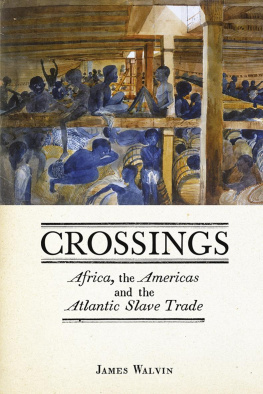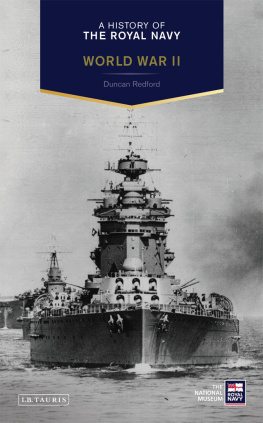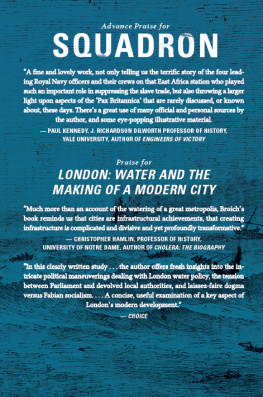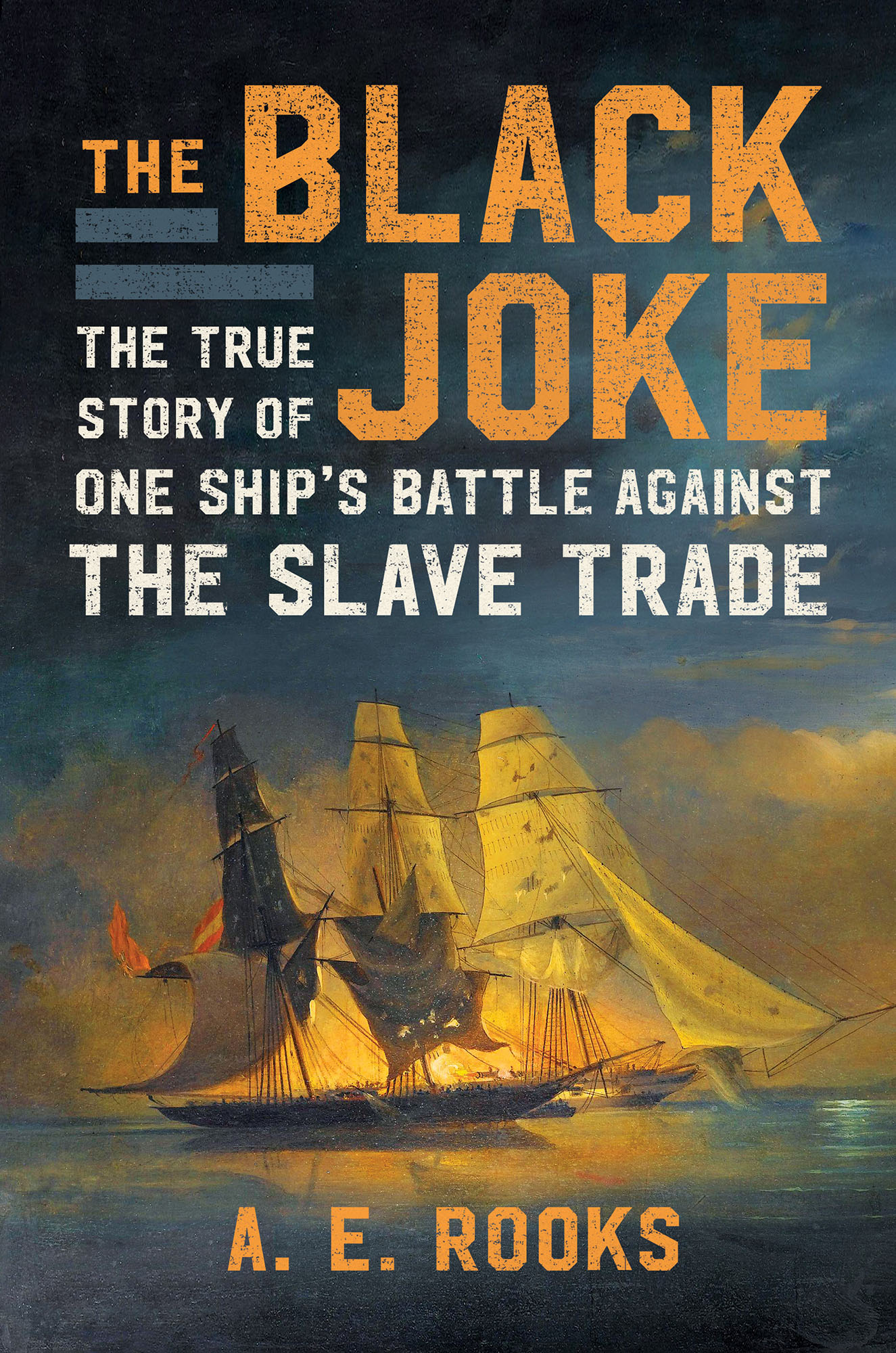Contents
Guide
The Black Joke
The True Story of One Ships Battle Against the Slave Trade
A. E. Rooks

Scribner
An Imprint of Simon & Schuster, Inc.
1230 Avenue of the Americas
New York, NY 10020
www.SimonandSchuster.com
Copyright 2022 by A. E. Rooks
All rights reserved, including the right to reproduce this book or portions thereof in any form whatsoever. For information, address Scribner Subsidiary Rights Department, 1230 Avenue of the Americas, New York, NY 10020.
First Scribner hardcover edition January 2022
SCRIBNER and design are registered trademarks of The Gale Group, Inc., used under license by Simon & Schuster, Inc., the publisher of this work.
For information about special discounts for bulk purchases, please contact Simon & Schuster Special Sales at 1-866-506-1949 or .
The Simon & Schuster Speakers Bureau can bring authors to your live event. For more information or to book an event, contact the Simon & Schuster Speakers Bureau at 1-866-248-3049 or visit our website at www.simonspeakers.com.
Jacket design by Jaya Miceli
Jacket artwork by Nicholas Condy/Asar Studios/Alamystock Photo
Library of Congress Cataloging-in-Publication Data has been applied for.
ISBN 978-1-9821-2826-5
ISBN 978-1-9821-2828-9 (ebook)
Image credits: (accessed 2021); and p. 165: digitally sourced from the Medical Heritage Library (contributed by Kings College London, Foyle Special Collections Library).
For my father, who always wanted this, and my mother, who made it possible
AUTHORS NOTE
The most difficult voice to hear in the history of the transatlantic slave trade is that of the enslaved themselves. Often, people are barely individuatedfor all historical intents, just one more body caught up in the morass of profit motives and policy decisions whose personal history well never know.
When Black Joke captured a slaver, the ship was sent to Freetown for trial; if condemned, the enslaved on board were formally freed, which is to say transferred to the jurisdiction of the British Crown as colonial subjects. The Liberated African registers from Sierra Leone give us the names of these people, their ages, and a bit of physical descriptionheight, usually, but also sometimes scarring and ritualistic markings. Historians have been able to use these details to trace the tribal origins of some of them, to better illuminate the journey that brought them to Freetown, but when compared to the information thats available about the life of, say, the commodore of the Squadron, its not much at all.
But it is something, and though many of their voices may not have survived in the historical record, in this way, their identities did. Though reproducing every relevant page of the register was not an option, after every chapter in which a slave ship was captured, the first pages of the Liberated African register for that ship are included here. It feels like somehow both the most and really the least I could do, but its what we have.
Since even these records would not have been accessible to me during a pandemic without the work of archivists, historians, and librarians, I would like to especially thank Henry Lovejoy and the Liberated Africans project (https://liberatedafricans.org/), the National Archives, Kew (Digital Microfilm Project), and the Sierra Leone Public Archives for the efforts toward education, digitization, and preservation that made the inclusion of these images possible.
And while were on the subject of institutions that made what youll see possible, the rest of the pictures herein are available courtesy of the National Maritime Museum in Greenwich, London, with special thanks to Beatrice Okoro, for patiently walking me through the process.
AN INTRODUCTION
Beware, beware, the Bight of Benin, theres one comes out where fifty went in.
Sea shanty
T he fire made for a beautiful sunset. The screams of sailors and slavers were a memory. The terrible cacophony of the cargo over which theyd struggled had also gone silent. It was as if the flames consumed not just ship timbers but sound; stillness had settled where the breeze of the sea refused to let the smoke rest, despite the crowds of people the blaze had drawn to the harbor. If evidence remained of the lives lived on board the now-empty vessel, it went up with the pungent smell of the burning decks, and the acrid scent of charred wood and whitewash accompanied the crack and snap of sparked beams. Naturally, the ship had been looted first, everything of value removed. The western coast of Africa was not a place where stores and sails would go to waste; what could not be used would be sold or traded by the same people whod destroyed one of the finest Baltimore clippers ever to sweep across the open sea.
It wasnt the first time this notorious ship, the Black Joke, had been laid bare. Only five years previously, it had been a legendary slaver making quick work of a terrible job, with a reputation for being too fast to ever be caughtbut one fortuitous night it had been. Repurposed from horrific duty to a higher calling and outgunned for much of its career, Black Joke nonetheless set about capturing slavers in the same waters it had so recently cruised for human chatteland persevered. In a world where news traveled in months, rather than minutes, the slaver-turned-hunter was famous in both incarnations, renowned in battles, outmaneuvering ships of every nation until its precipitous end. Those bearing witness to that demise knew that this time there would be no next chapter, no last-minute reprieve. This was irrevocable. It was not the sort of conflagration from which one arose.
Toasted by its peers and enemies alike upon its destruction in 1832, its possible people wept upon hearing the news of Black Jokes ignoble end. Certainly the free Black population of Freetown, looking on from afar, would have saved the ship if they could have. The Black Joke had seized thirteen slave ships in its short life as an enforcer of abolition, but by many accounts, the tally in human lives spared bondage, at least in the immediate sense, was much greater. Setting aside the wider impact of the chilling effect created by Black Jokes mere presence on the waterwhich wasnt insignificantwhile the ship was active, approximately a quarter of all the enslaved who arrived at Freetown to be officially liberated arrived care of this single ship and its crew. The crew on board included everyone from eager teen sailors (as young as thirteen) to grizzled veterans, in a diversity of ethnicities that demonstrated the incredible reach of the still-growing British Empire. A symbol to the whole of the West Africa Squadron (WAS) to which it had briefly belonged, the Black Joke had found and, at least temporarily, freed at least three thousand people. A figure to compare with how many the ex-slaver had itself brought to bondage, to be sure, but overall, barely a drop in the ocean of lives lost to the trade.
But how had it come to this? For four years, the Black Joke, itself a captured vessel, manned by a rotating crew, plagued by illness, dogged by bureaucracy and pirates, nonetheless sailed as the scourge of traffickers, releasing thousands of the enslaved from the cramped decks of ships flying flags from dubious diplomatic partners. Its captains and commanders had cracked slaver codes, discovered secret trade routes, and brought home the kind of prize ships that could change a mans life, and perhaps even his station. It had navigated shoals corporeal and politicalwhether off the coast of western Africa or ensconced in the Admiralty House in London, both were surpassingly treacherous. As those made rich from the sale of human flesh lifted a glass to a common enemys downfall, speculation mustve raged regarding who or what had destroyed the most celebrated thorn in the Atlantic slave trades side.









